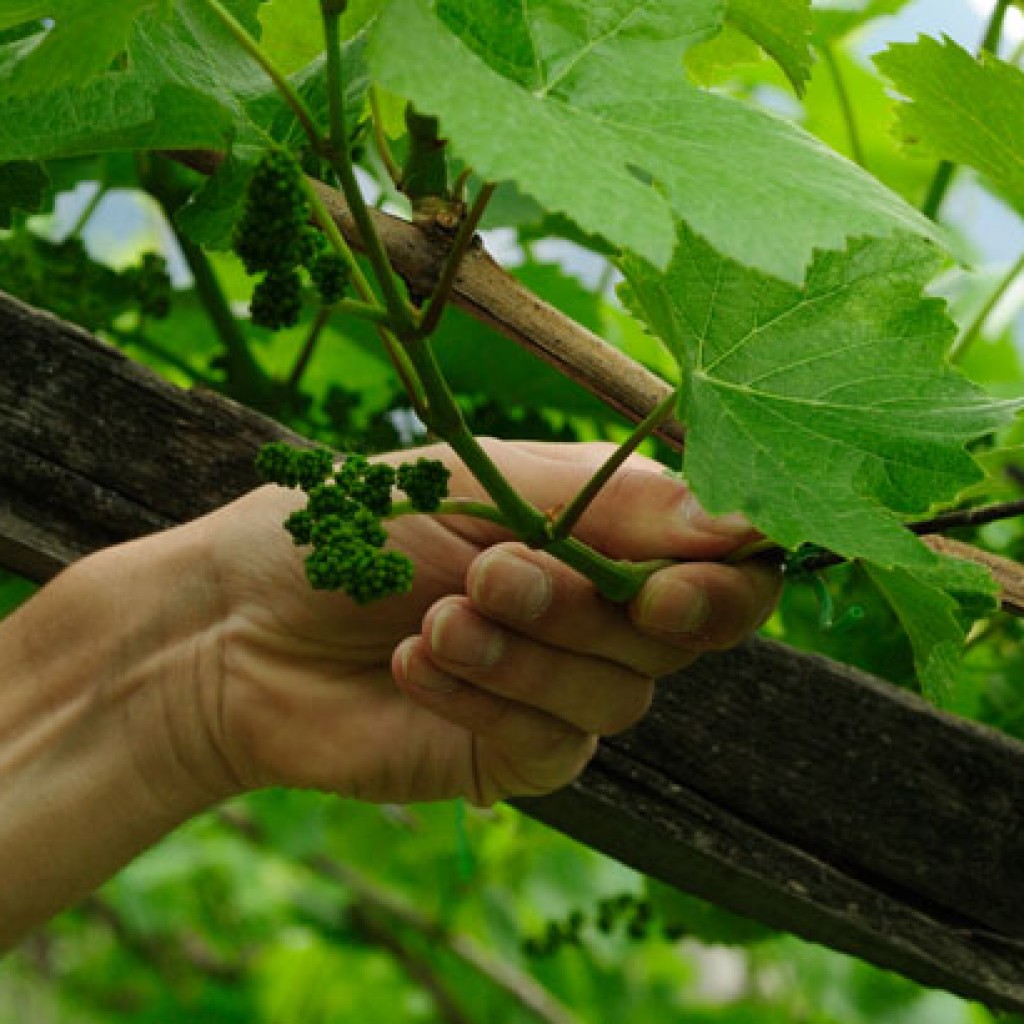
As winter’s chill dissipates and the earth begins to awaken, vineyards around the world enter a period of profound transformation known as the springtime vegetative cycle. This pivotal phase marks the renewal of life in vineyards, where dormant vines burst forth with new growth, setting the stage for another year of grape cultivation. With each passing day, nature orchestrates a symphony of biological processes that shape the vineyard landscape and ultimately influence the quality and character of the grapes harvested in the fall.
The springtime moment in the vegetative cycle of vineyards is a time of immense anticipation and activity. It is a season characterized by meticulous vineyard management practices aimed at nurturing the vines through their critical stages of growth. From bud break to flowering, spring lays the foundation for the bountiful harvest to come.
The journey begins with bud break, a breathtaking spectacle where tiny buds that have lain dormant throughout the winter suddenly awaken and push forth delicate green shoots. This phenomenon typically occurs in response to warming temperatures and lengthening daylight hours, signaling the start of the growing season. As the vineyard comes to life, grape growers carefully monitor the progress of bud break, guarding against late frosts that can threaten the nascent growth and yield.
Following bud break, the vine enters a phase of rapid vegetative growth characterized by the emergence of leaves and tendrils. This period, known as shoot development, is crucial for establishing the vine’s canopy, which plays a vital role in photosynthesis, the process by which sunlight is converted into energy to fuel the vine’s growth. Vineyard managers meticulously manage canopy growth through techniques such as pruning, trellising, and canopy management to optimize sunlight exposure and airflow within the vineyard, fostering healthy vine growth and grape development.
As spring progresses, the vine transitions to the flowering stage, a captivating moment when tiny clusters of flowers appear on the vine, signaling the onset of grape production. Flowering is a delicate phase in the vegetative cycle, as the success of pollination and fruit set ultimately determines the size of the grape crop. Factors such as temperature, humidity, and rainfall can influence the timing and duration of flowering, highlighting the intricate interplay between nature and agriculture.
The arrival of spring brings with it a flurry of activity in the vineyard as growers work tirelessly to ensure the health and vitality of their vines. From pruning and canopy management to pest and disease control, vineyard management practices are essential to nurturing the vine through its vegetative cycle. Sustainable and organic farming practices are increasingly embraced, promoting biodiversity and ecological balance within the vineyard ecosystem.
Moreover, technological advancements in viticulture have revolutionized vineyard management, enabling growers to monitor and optimize conditions with unprecedented precision. From remote sensing and drone technology to predictive analytics and precision irrigation systems, these tools empower growers to make informed decisions and maximize grape quality while minimizing environmental impact.
In conclusion, the springtime moment in the vegetative cycle of vineyards is a time of renewal, growth, and promise. It is a season of anticipation and dedication as grape growers tend to their vines with care and reverence, nurturing them through each stage of growth with an unwavering commitment to quality and sustainability. As the vines flourish and the grapes begin to take shape, the stage is set for another remarkable vintage, a testament to the timeless cycle of life in the vineyard.






Leave a Reply